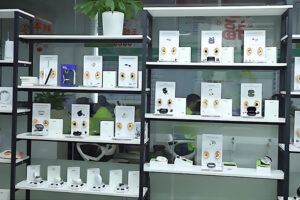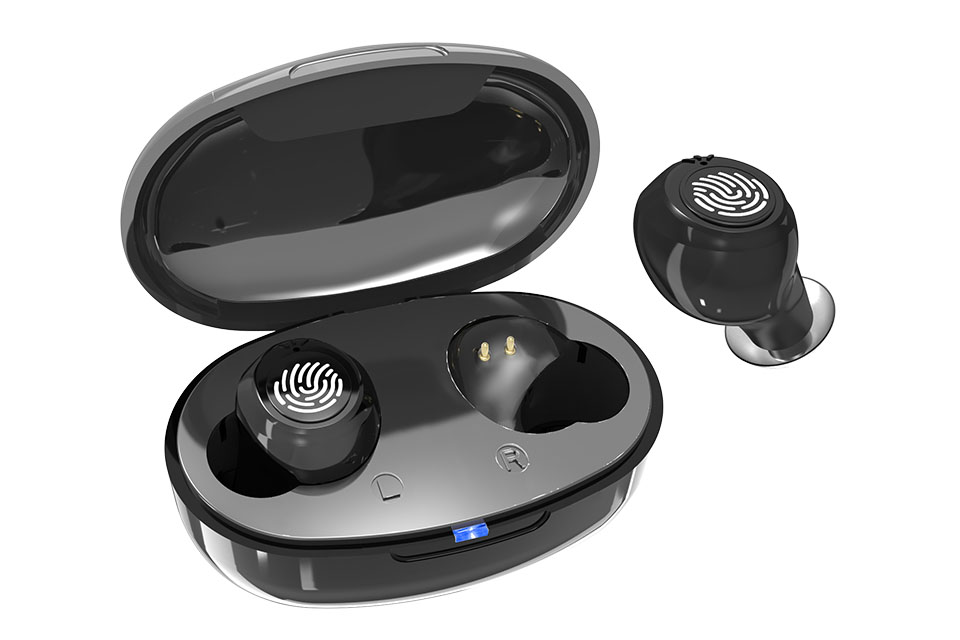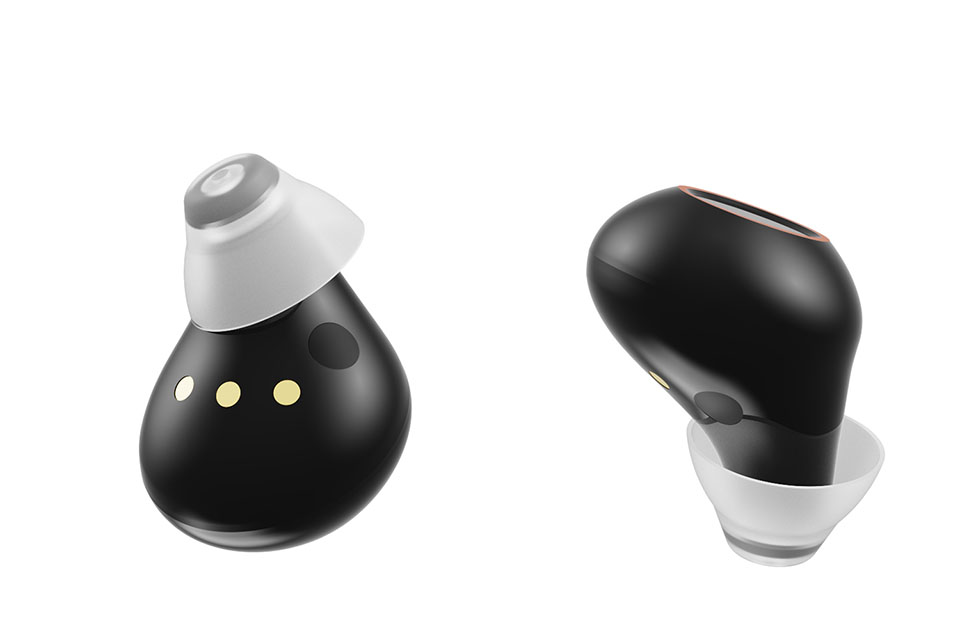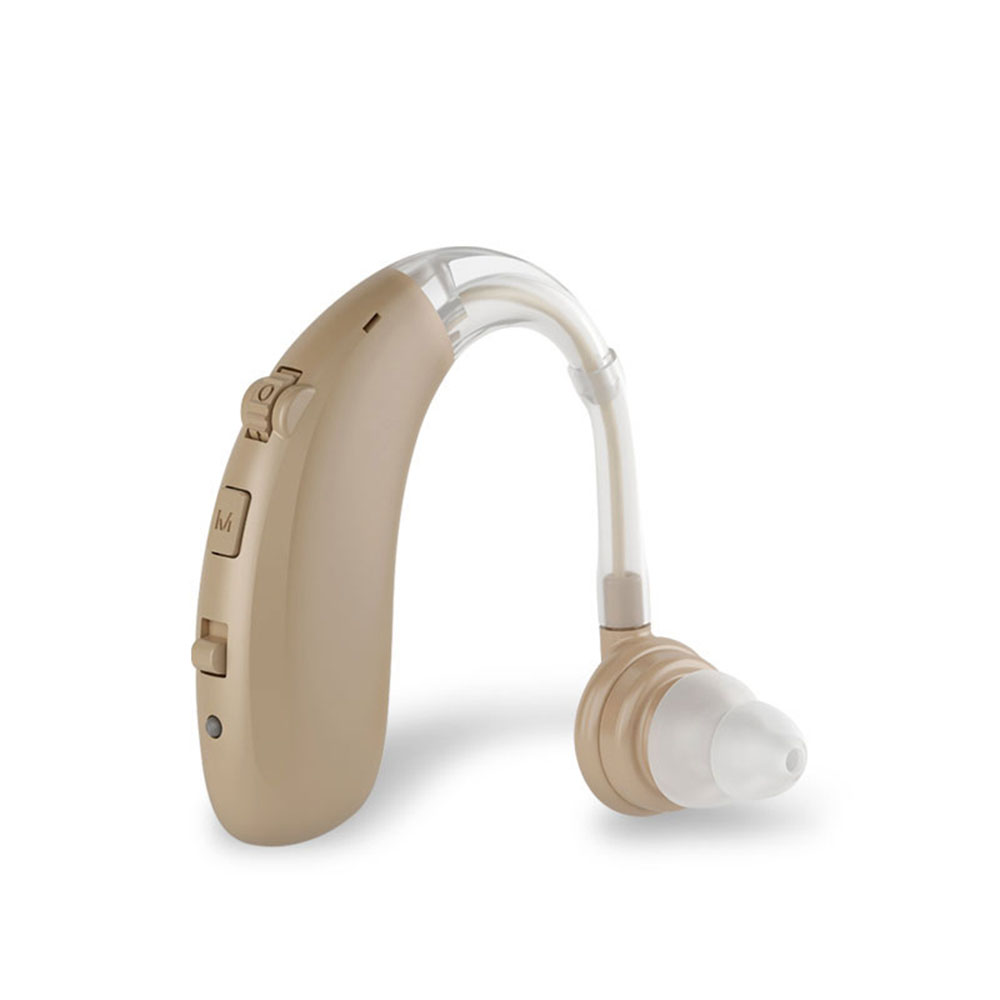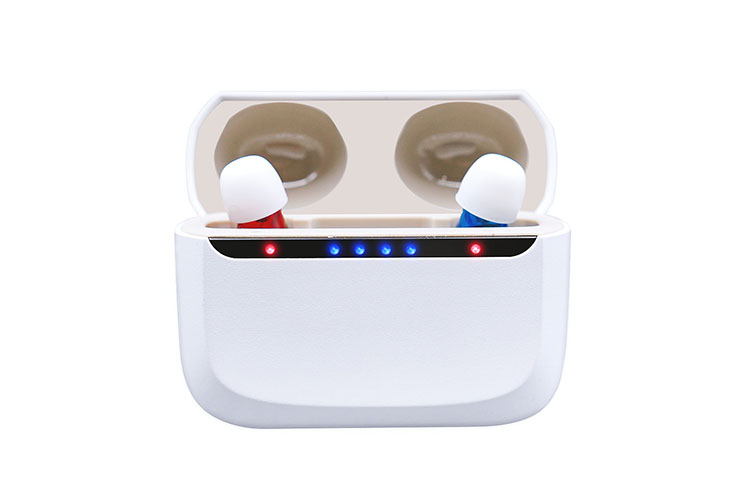1. Critical Noise Typology in Hearing Aids
Hearing aid users face three problematic types of noise:
- Background noise: Interferes in environments such as coffee shops or busy streets.
- Wind: Generates distortion outdoors, especially for active users.
- Crosstalk: Makes it difficult to understand in groups.
Impact:
- 68% of users stop using hearing aids due to hearing fatigue caused by persistent noise .
- Solutions such as directional microphones and adaptive filters improve clarity by 40% .

2. Technology Focus vs. User Experience
Hardware/Software
- Advanced DSPs: Real-time signal processing with low-power chips.
- Directional Microphones: Automatic focus on the voice source.
Ergonomic Design
- Customization: App-based adjustments for listening profiles (e.g., “restaurant mode”).
- Comfort: Models like the RIC reduce pressure in the ear.
Key Benefit: Integrating both strategies increases user satisfaction by 55% .
3. AI and Machine Learning in Noise Reduction
Innovative algorithms applied:
- Machine learning: Models trained with 10,000+ acoustic samples to distinguish between speech and noise.
- Real-time adaptation: Systems such as TWS adjust parameters based on the environment.
Results:
- 30% reduction in filtering errors vs. traditional methods .
4. Development Objective: Optimization vs. Innovation
| Approach | Advantages | Example |
|---|---|---|
| Optimization | Low cost, fast deployment | Firmware update for BTE |
| Innovation | Competitive differentiation | Prototypes with AI integrated into CIC |
Recommendation: Combine both to scale solutions without sacrificing disruptive advances.
5. Key UX Metrics
Priority indicators:
- Speech clarity: Measured with word recognition in noise tests (PBmax).
- Comfort: Post-use surveys (e.g., scale of 1-10).
- Adaption time: Reduced to <7 days with interactive tutorials .
6. Validation with Real Users
Methodology:
- A/B Testing: Comparing hearing aids with/without wind filters.
- Qualitative Surveys: Feedback on listening fatigue.
Success Criteria:
- 90% of users report improvement in noisy environments.
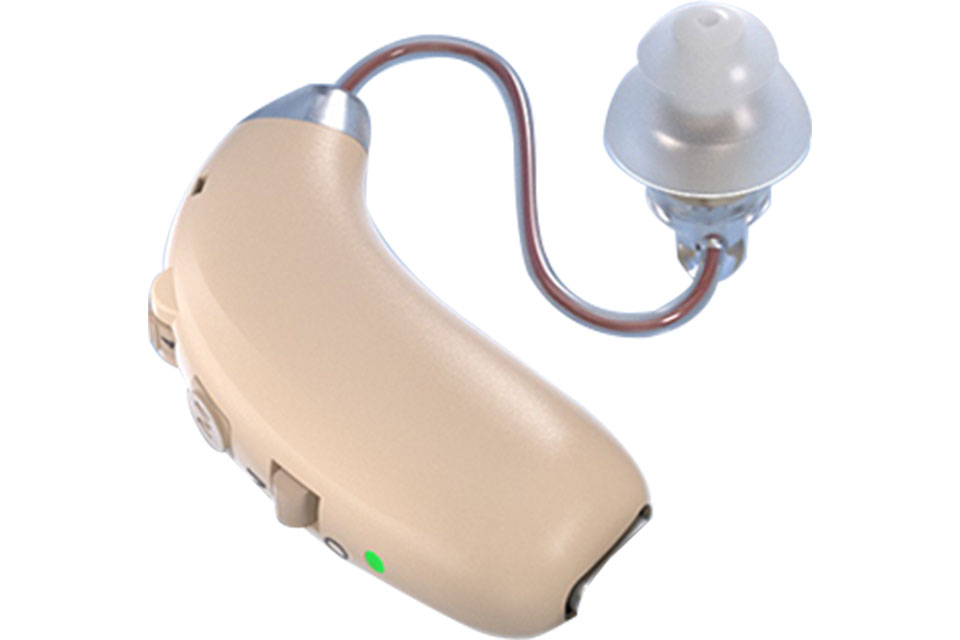
7. Integrating Feedback into Iterative Design
Process:
- Collect test data (e.g., 500+ hours of use).
- Prioritize adjustments (e.g., microphone sensitivity).
- Release quarterly updates.
Success Story: In-Ear models improved based on complaints of acoustic feedback.
Conclusion:
The combination of advanced technology (AI, DSP) and a user-centric approach (design, testing) is key to competitive hearing aids. Our manufacturing capacity of 3M units/year and ISO certification ensure scalable solutions.
Explore our custom options:

